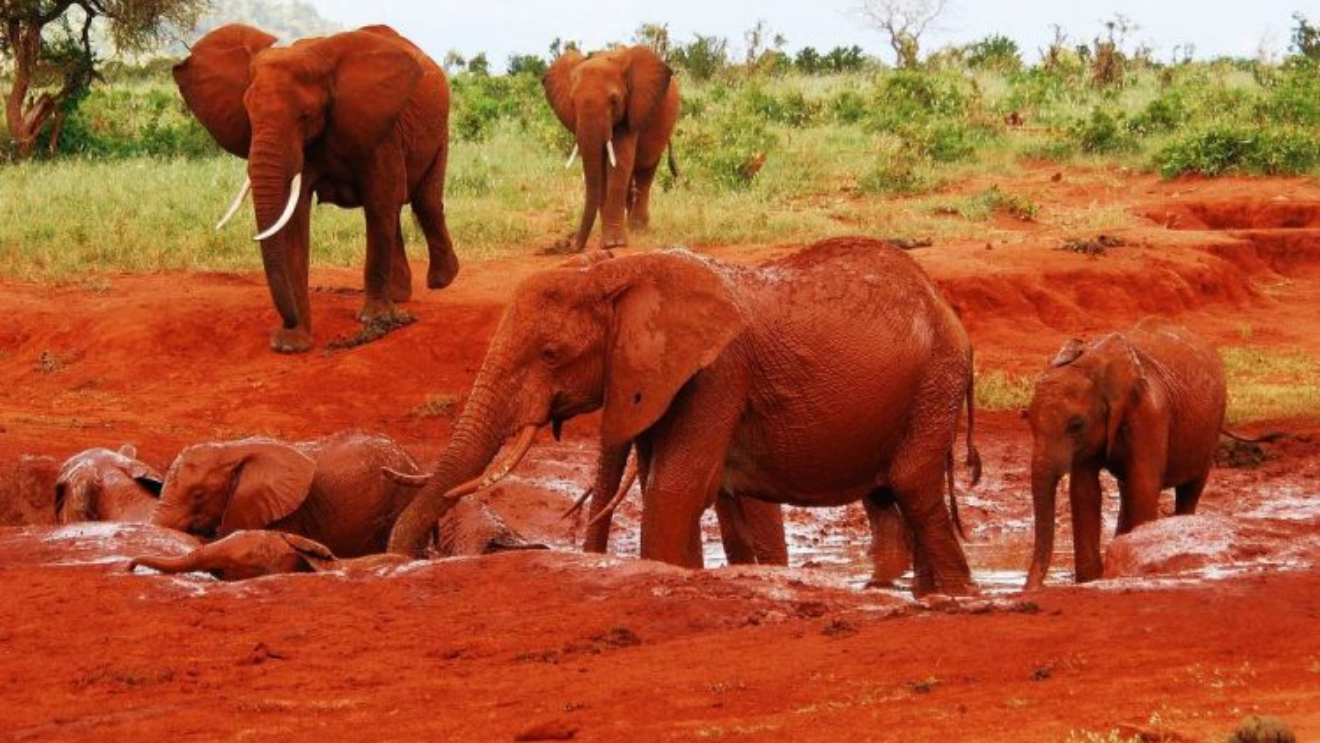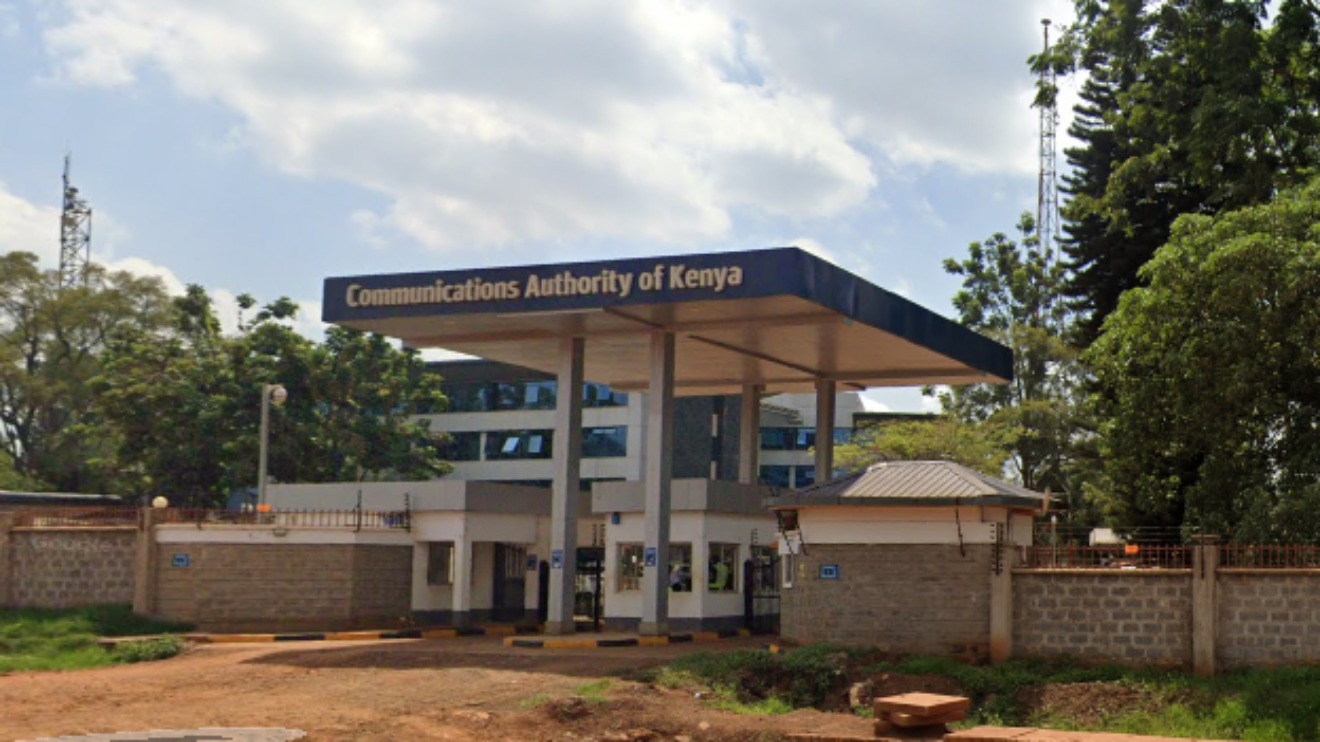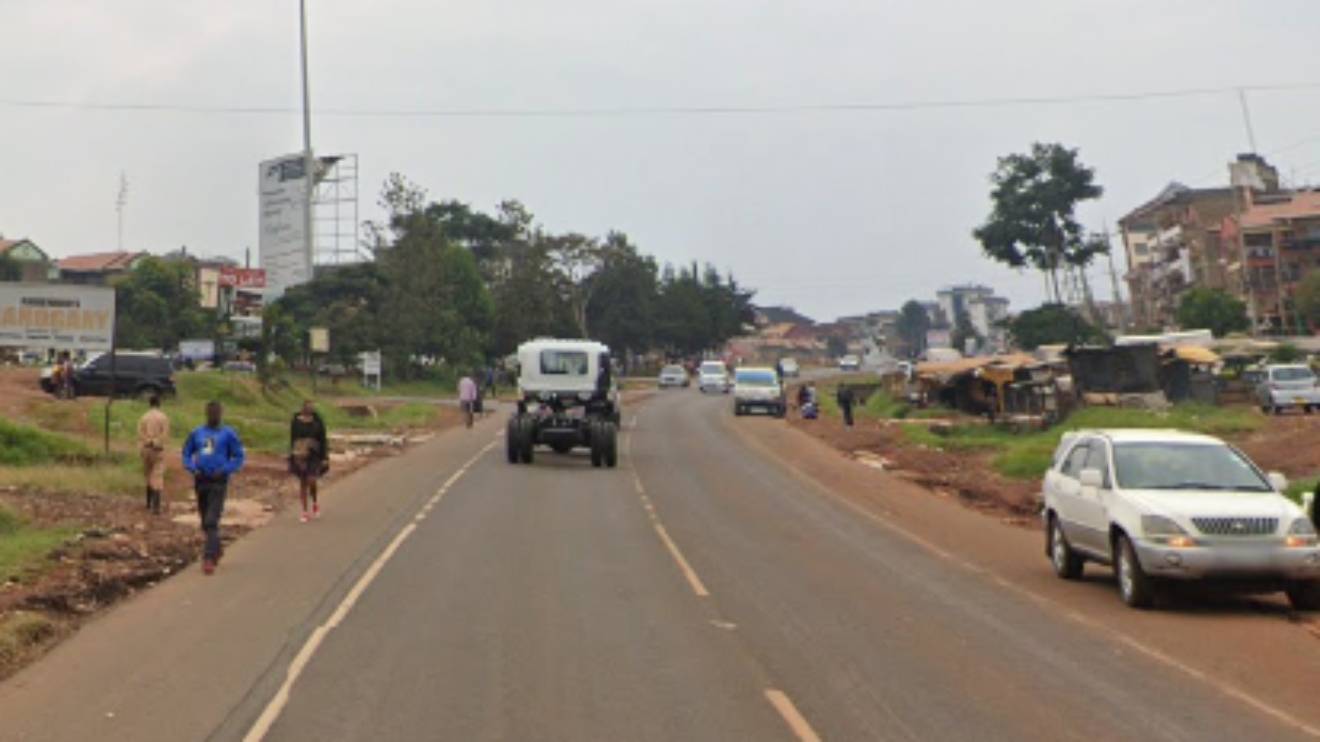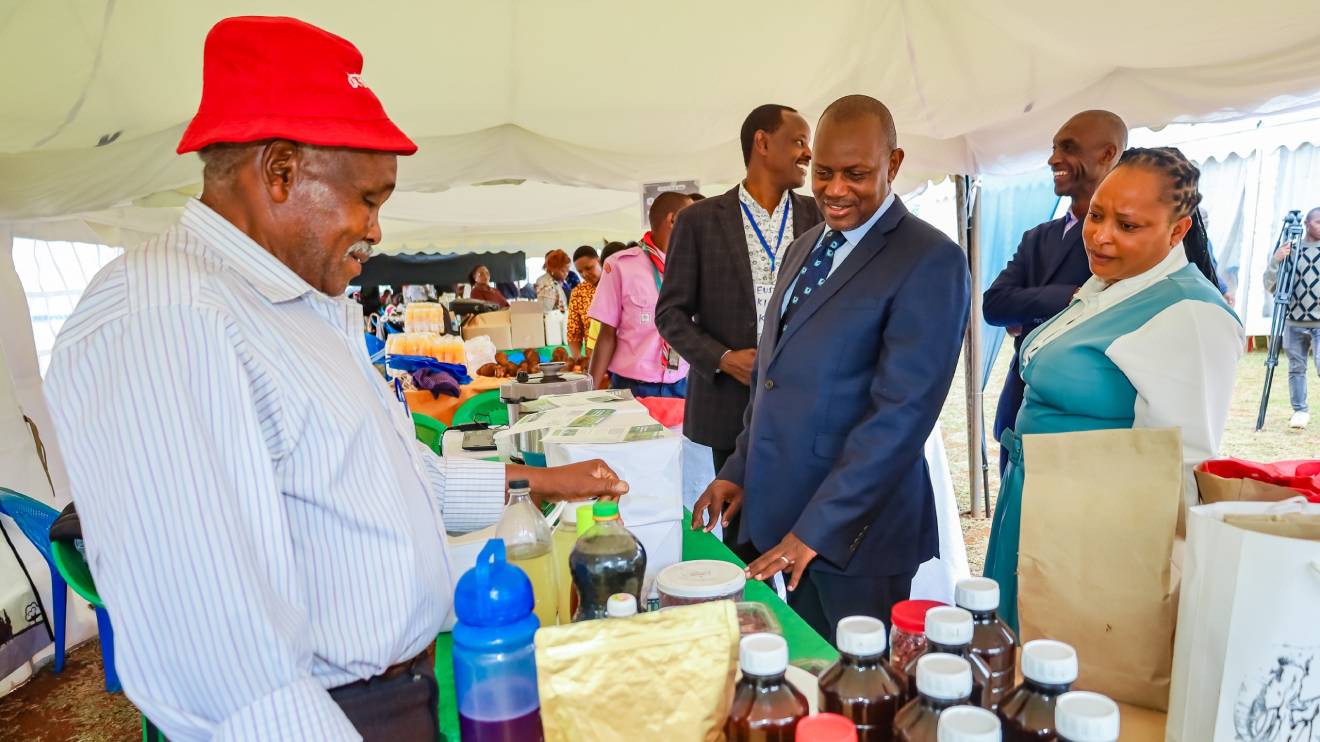For the first time in nearly two decades, the Kenya Wildlife Service (KWS) is proposing a major revision of conservation and access fees to Kenya’s parks, reserves, sanctuaries, and marine protected areas.
The Ministry of Tourism and Wildlife has gazetted the Wildlife Conservation and Management (Access and Conservation Fees) Regulations, 2025, which if passed, will usher in a new era for wildlife protection and eco-tourism in Kenya.
But why now and what does it really mean for the average Kenyan, tourist, conservationist, or local community?
Case for Review
Kenya’s rich wildlife heritage has been under pressure, not just from poaching or climate change, but from underfunding and growing operational costs.
Read More
Currently, KWS faces a Sh12 billion annual funding gap, having raised only Sh7.92 billion in 2024/25 against a budget requirement of Sh19.79 billion.
Inflation, fuel costs, salaries, ageing infrastructure and fragile ecosystems have pushed the system to the brink.
A 2023 government directive also urged state agencies to reduce reliance on the Exchequer and strengthen internal sustainability.
New Fees Aim
The revised structure in not just about raising more money, it is about making conservation work sustainable, strategic, and fair.
KWS hopes to:
• Enhance wildlife security and combat poaching
• Restore and maintain fragile ecosystems
• Improve visitor experience with better infrastructure
• Share revenues more effectively with communities
• Reduce dependence on donors and Treasury support
• Support Kenya’s goal to become a conservation powerhouse — with local and global credibility
How Proposal Was Developed
The fee review didn’t come out of the blue. It followed:
• An extensive pricing and operations study
• Consultations with county governments, tour operators, conservation NGOs, and communities
• Economic impact forecasting and cost analysis across 54 protected areas and 154 KWS outposts
• Benchmarking against regional giants like Tanzania and Rwanda
For instance, Tanzania’s Serengeti charges up to $82 per day, while Rwanda’s gorilla trekking permits fetch $1,500. Kenya’s average premium park fees for international tourists currently range between $60–$70, and will remain regionally competitive even after the review.
Impact of Budget Shortfall
The budget squeeze is being felt on the ground:
• 72 per cent of KWS’s current spending goes to staff salaries
• Only 9.1 per cent supports security operations
• Development projects like fencing, ranger equipment, or road repairs get just 10% of the budget
This has led to slower human-wildlife conflict response times, delayed community compensation, poorly maintained visitor facilities, and overstretched ranger patrols.
Where Will Extra Money Go?
If approved, the new conservation fees will help fund:
• More frequent and better-equipped anti-poaching patrols
• Wildlife surveillance and biodiversity monitoring
• Climate resilience programs like drought and ecosystem management
• Visitor facilities: signage, restrooms, roads, interpretation centres
• Local development: schools, water projects, health centres
• Conflict reduction: predator-proof fencing, rapid response units
How Will It Affect You?
The proposal introduces tiered pricing depending on visitor type and park category:
• Kenyan citizens and EAC residents will continue enjoying heavily subsidised rates
• International visitors will see a slight increase, balanced with improved services
• Educational groups, students, senior citizens, and persons with disabilities retain discounted or free entry
• New African visitor category proposed to boost intra-African tourism
Value for money remains central. The goal is not just to charge more, but to offer more.
Equity in Fees
Just five parks; Amboseli, Lake Nakuru, Nairobi, Tsavo East and Tsavo West generate 73 per cent of all KWS revenue.
The rest of the parks, although critical to biodiversity and human-wildlife conflict management, make little money.
The proposed changes will spread the financial burden more equitably, so that conservation can be funded countrywide.
Expected Outcomes
If implemented, KWS projects that internal revenue will double from Sh7.92 billion to Sh16.58 billion by 2028.
Other expected outcomes include:
• Less overcrowding through dynamic pricing during peak times
• Better-managed ecosystems and infrastructure
• KWS funding over 70% of its operations internally
• Strengthened eco-tourism, benefiting both wildlife and communities
Direct Benefits
This is not just about tourists; communities near parks will:
• Receive a share of revenues to fund local projects
• Get support for wildlife-compatible livelihoods like eco-tourism, crafts, beekeeping
• Benefit from improved conflict mitigation strategies and predator-proof fencing
• See faster compensation for wildlife damage
Fairness & Access
The proposal includes:
• Subsidised rates for locals
• New conference and annual passes for families and tour drivers
• Free entry for more children — age threshold raised from 3 to 5 years
• Exemptions for learners, disabled groups, and senior citizens
• Full transparency with submissions open to all Kenyans
What Next?
The regulations have already been published in the Kenya Gazette (Vol. CXXVII—No. 148, July 9, 2025).
Now, public participation is underway through town halls, online submissions, and county forums.
Feedback can be sent to [email protected], or dropped at KWS offices or the Ministry of Tourism & Wildlife.
More Than Park Fees
Kenya is making a bold call — not just to fund wildlife conservation, but to reimagine it for the future.
This fee review is:
• A step toward ecological self-reliance
• A commitment to uplift communities that coexist with wildlife
• A move to position Kenya as a global conservation leader
KWS is inviting all Kenyans and global stakeholders to co-own this transformation.









